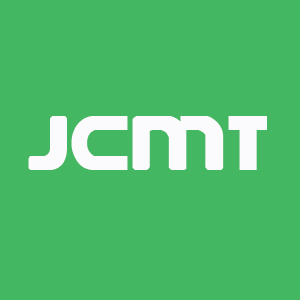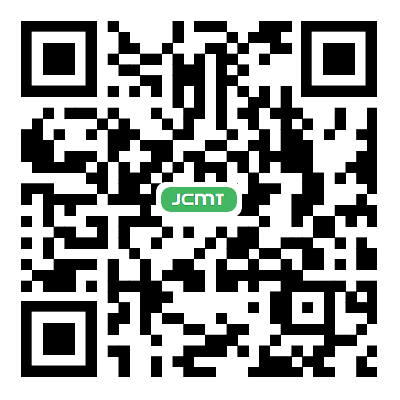Use of a dedicated day care unit in a modern radiation oncology facility -- a short audit
Our radiotherapy department specializes in all types of conformal therapy including stereotactic body radiotherapy, stereotactic radiosurgery and brachytherapy including interstitial and prostate seed implant. The department also includes a dedicated four-bed day care unit attached to the integrated brachytherapy suite. It is managed by a resident doctor, along with four staff nurses under the supervision of a radiation oncologist. We performed an audit of our day care unit to gain insight into its utilization and needs.
We decided to consider each encounter (admission to the unit) as one event. We collected data from one year, from April 2014 to March 2015. The relevant information was collected and tabulated using the hospital’s electronic recording system. We then performed an analysis of the frequency of various events within the unit. Results were summarized in one composite bar diagram.
A total of 504 events occurred in the day care unit during the one-year period. The results are summarised in Figure 1. The mean length of day care stay was six hours out of the 504 encounters, 3 resulted in patients being shifted to the inpatient department for further care.
Figure 1. Reason-Reason for admission, Sx-Post surgery, GA-General anaesthesia, support-Supportive care, CT-Patient on concurrent Chemotherapy by medical oncology, Met-Treated for metastasis, Local/Distant-Measure of daily travel by patient; RT start-starting of radiation therapy. Procedure: minor invasive procedures
This is the first time in medical literature that the use and utility of a radiation oncology day care unit has been recorded and presented. Most of the insurance companies require patient admission for initiation of medical coverage,[1,2] therefore many of our patients used the day care facility to satisfy this insurance requirement and also save money and time. The added advantage of the day care unit for the patient is that the patient becomes acquainted with the department and most of the departmental staff on the first day, making the remainder of treatment more comfortable.
In the department besides these four beds, we also have four other beds where admissions were not recorded. They are meant for use by our patients during initiation and continuation of treatment for the same purposes as the four beds we have described above.
The day care unit remains the heart of our on-treatment patient coordination activities for several reasons. The unit helps provide personalized care to each patient in each visit, and offers suggestions for patient health problems. It also provides supportive care to patients in the form of IV fluids and injectable analgesics, under supervision. The day care unit also provides specialized procedures like brachytherapy and recovery from short-term anaesthesia.
Studies of the needs and patterns of admissions of oncology and radiotherapy patients are increasing in number. Serious needs can lead to unplanned admission for many radiation patients.[3] The admissions in oncology are also patients who deserve serious attention.[4] Patients who come for elective brachytherapy, radiotherapy, or simply to satisfy insurance requirements, can receive mild to moderate supportive care, which can be well managed in an fully-equipped day care unit. If needed, the patients can be shifted to an inpatient ward for further care or intervention. This approach will effectively save resources for the institution and will also be less taxing for the patients and the insurance companies.
Financial support and sponsorship
Nil.
Conflicts of interest
There are no conflicts of interest.
Patient consent
Patient consent was obtained from the patients.
Ethics approval
This article does not contain any intervention with human participants or animals.
REFERENCES
1. National Insurance Company Ltd. Group Mediclaim Insurance Policy (revised). Available from: http://www.nsic.co.in/policygmtmf2014.pdf. [Last accessed on 23.02.16].
2. The New India Assurance Co. Ltd. Mediclaim Policy (2007). Available from: http://newindia.co.in/downloads/MediclaimPolicy-2007.pdf. [Last accessed on 23.02.16].
3. Waddle MR, Chen RC, Arastu NH, Green RL, Jackson M, Qaqish BF, Camporeale J, Collichio FA, Marks LB. Unanticipated hospital admissions during or soon after radiation therapy: incidence and predictive factors. Pract Radiat Oncol 2015;5:e245-53.
4. Numico G, Cristofano A, Mozzicafreddo A, Cursio OE, Franco P, Courthod G, Trogu A, Malossi A, Cucchi M, Sirotovà Z, Alvaro MR, Stella A, Grasso F, Spinazzé S, Silvestris N. Hospital admission of cancer patients: avoidable practice or necessary care? PLoS One 2015;10:e0120827.
Cite This Article
How to Cite
Download Citation
Export Citation File:
Type of Import
Tips on Downloading Citation
Citation Manager File Format
Type of Import
Direct Import: When the Direct Import option is selected (the default state), a dialogue box will give you the option to Save or Open the downloaded citation data. Choosing Open will either launch your citation manager or give you a choice of applications with which to use the metadata. The Save option saves the file locally for later use.
Indirect Import: When the Indirect Import option is selected, the metadata is displayed and may be copied and pasted as needed.


















Comments
Comments must be written in English. Spam, offensive content, impersonation, and private information will not be permitted. If any comment is reported and identified as inappropriate content by OAE staff, the comment will be removed without notice. If you have any queries or need any help, please contact us at [email protected].